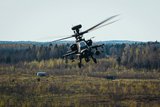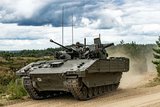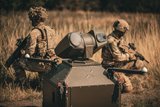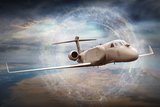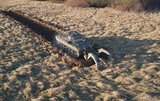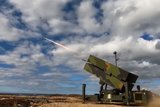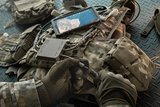Introducing a Game-Changer to NATO’s New Security Environment
This article is brought to you by Bell Textron
As NATO marks its 75thanniversary in Washington D.C. this month, it’s remarkable how much has changed over NATO’s existence. Today, NATO’s transformed geography and membership, as well as Russia’s war on Ukraine, are forcing a reevaluation of how the alliance fights and the capabilities needed to win.
For 40 years, NATO faced down the armies of the Warsaw Pact at the narrow Fulda Gap in the heart of what is now a unified Germany. Many of the enduring platforms still in use today were optimized for that scenario.
Given Russia’s actions in Ukraine, and the accession of Sweden and Finland into the NATO alliance, the geography along the frontiers of the alliance are dramatically altered.
From the Arctic to the Kaliningrad exclave, to the Black and Mediterranean Seas, there are numerous potential battle lines. Finland alone adds 800km of border to protect.
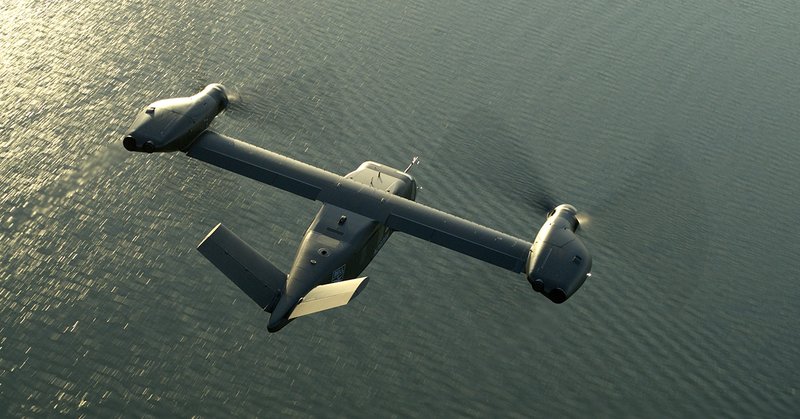
This new geographic diversity requires adaptable and versatile capabilities that can operate at distance, from a position of relative sanctuary from long-range precision strike munitions.
Those capabilities are needed to respond quickly to crisis all along NATO’s expansive eastern border. In the context of air-maneuver, this requires increased range and speed to cover such distances effectively when required to carry out specific operations.
Putting a priority on such capabilities, the U.S. Army is developing an aircraft with Bell that will double the range and speed of its enduring assault fleet of aircraft.
In the coming years, U.S. Army air assault will be transformed as future long range assault aircraft (FLRAA) come online. As the Army adapts to the speed and range the new technology provides, it will leverage those capabilities to develop new tactics and concepts of maneuver.
The ability to double the range and double the speed of conventional rotorcraft is a game changer for the challenges on the European continent. That said however, it could create a capability gap between the U.S. military and their NATO allies.
“If you don't bring in advanced, disruptive capabilities, you're rearranging pieces on a chessboard. NATO and its allies must modernize the force and prepare to fight the next large-scale conflict. It’s time for a marked revolution in maneuver capability,” commented Major General (U.S. Army Ret.) Jeffrey Schloesser, former commanding general of the 101st Airborne Division.
NATO has taken note of how much has changed – both new threats and the technological innovations available to deal with those threats. This is evidenced by the fact that NATO has embarked on the Next Generation Rotorcraft Capability (NGRC) program.
The future battlefield requires greater dispersion of forces, bringing a new challenge of distributing forces without losing the ability to mass combat force on an objective.
“One of the biggest challenges in large scale combat operations, is how to do large scale command and control while resupplying dispersed forces. Logistics is a problem when you have a standoff of modern weapon systems. We have learned from enduring conflicts with tight borders, like the Ukraine conflict, that the ability to resupply and reinforce the force rapidly is a key component to success. Forces now require relative sanctuary; and payload with survivable speed at range is a game changer for the joint force to sustain operations in distributed environments,” said Schloesser.
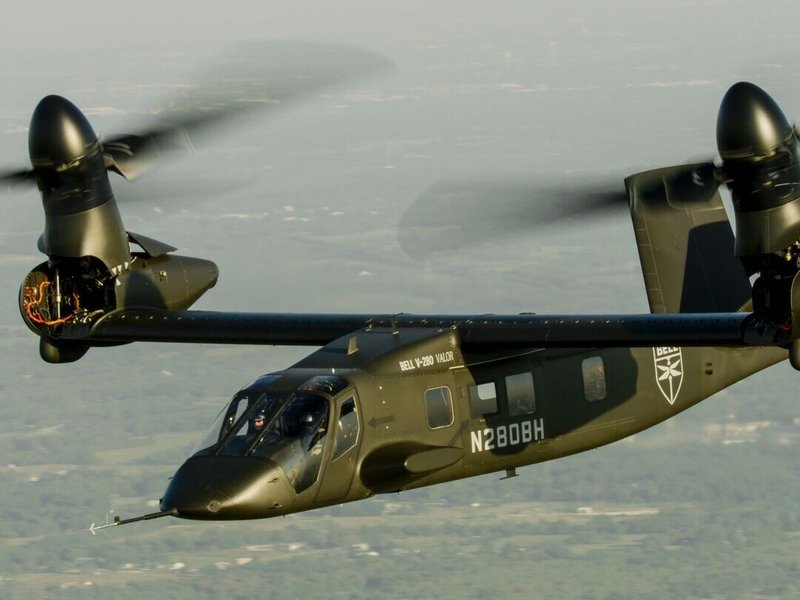
The NGRC is evidence that NATO sees the need for new capabilities – particularly enhanced speed and range – to meet their tactical and strategic challenges. They must be able to operate from secure locations, yet maintain the operational and tactical capacity to deter and defeat threats.
Speed, range and maneuverability are critical for the NGRC and for future NATO operations.
“No one asks for less speed in a fight,” said Schloesser. “Speed is always a discriminator. Speed enables reaction, speed increases survivability, speed and range enables longer-range logistical support, and the ability to support more dispersed forces. FLRAA’s innovative technology is the solution that allows you to distribute forces without losing the ability to mass combat forces on an objective.”
NATO must update the technologies, equipping the soldier with the currency of new modern technologies to keep a competitive edge over our adversaries or potential adversaries across the world.
Bell is working hard assist NATO in countering new threats with the speed, range, maneuverability and deterrent lethality it needs to maintain peace.
More from Industry Spotlights
-
![Levelling up – how autonomous fire control tackles unmanned lethality head-on]()
Levelling up – how autonomous fire control tackles unmanned lethality head-on
As autonomous weapon systems proliferate, it is now essential to use the same core technologies to counteract and neutralise them.
-
![Evolving for the future fight]()
Evolving for the future fight
Built on a 60-year heritage of providing the Department of Defense with solutions to dominate the electromagnetic spectrum.
-
![How AI and robotics drive innovation in land-based defence]()
How AI and robotics drive innovation in land-based defence
The future on the frontlines: automation and AI isn’t just about improving efficiency or driving down labour cost - for Pearson Engineering it’s everything.
-
![How satcom is shaping the future of fast, accurate warfare (podcast)]()
How satcom is shaping the future of fast, accurate warfare (podcast)
"Speed is the key advantage and accuracy is the key outcome": Amazon Kuiper Government Solutions’ Rick Freeman talks to Shephard’s Georgia Lewis about how space-as-a-service is transforming defence connectivity and access to satellite capabilities.
-
![How do land and air defense forces defend against complex threats?]()
How do land and air defense forces defend against complex threats?
Learn how RTX systems defend against complex attacks from adversaries including hostile drones, and multi-range missiles.
-
![Fischer KEYSTONE™ Hub: Enabling Next-Gen Command and Control]()
Fischer KEYSTONE™ Hub: Enabling Next-Gen Command and Control
KEYSTONE delivers modular soldier connectivity for NGC2 – customizable with Fischer Connectors’ online configurator.








